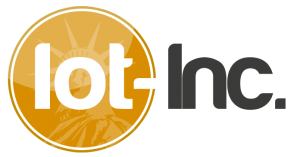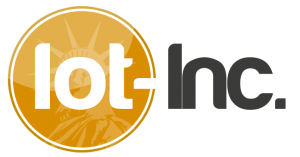02 Jul Enterprise-Grade IoT: Why OT Patterns Will Drive the Future of IoT
This IoT Inc Business Meetup features Ken Forster of PLAT.ONE. Join to meet the Silicon Valley ecosystem in person or watch the stream ...
This IoT Inc Business Meetup features Ken Forster of PLAT.ONE. Join to meet the Silicon Valley ecosystem in person or watch the stream ...
To quote Mark Andreessen, “Software is eating the world” in industry after industry and it’s no different in ours. Old school SCADA (Supervisory Control and Data Acquisition) hardware is being consumed by Internet of Things software. Often people ask, “What’s the difference between M2M and IoT?” Besides the scope of the networks – M2M lives on a local area network or no network while IoT lives on a wide area network – the other major difference is SCADA consists of proprietary hardware like programmable logic controllers whereas the heart of IoT is software.
Watch this video (or read the transcript) to see Ron DeSerrano compare and contrast his company’s SCADA system with its new Internet of Things platform including the business models ...
MCU architectures come in so many flavors that there will be a peripheral set to match any sensor you choose. Real decision making at the embedded chipset level is driven by the application. You choose hardware based on its capability to support software. The characteristics of your chipset’s memory, computing power and comms will come from answering a 101 questions, all answered by your IoT application’s requirements.
Watch this video (or read the transcript) to get expert advice from James Stansberry, his best practices and today’s trends in IoT embedded chipsets ...
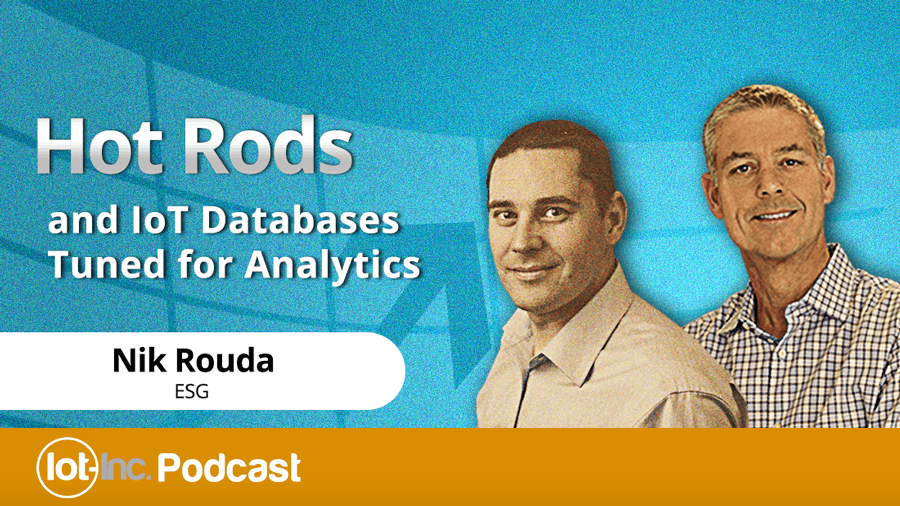
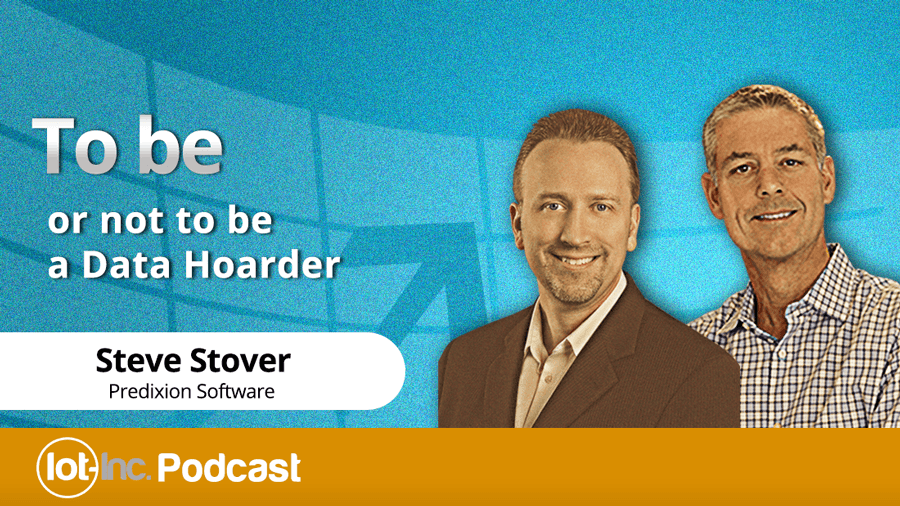
All incremental value from an IoT product comes from its virtualized representation, what I call the software-define product (SDP). Broaden this concept and you have software-defined manufacturing (SDM) which is the superset of all SDPs it produces. Abstracted, a factory is just a highly complex product so incorporating and advancing it with the Internet of Things is the future.
Watch this video (or read the transcript) to hear Helmuth Ludwig describe how he sees the future of manufacturing ...
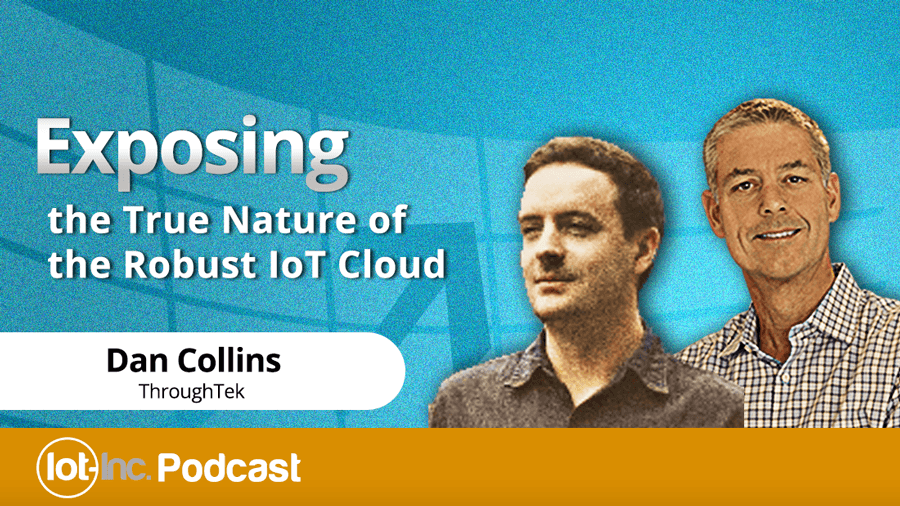
In addition to the technical considerations and price, compare the development support system in place for each manufacturer when shopping for your embedded wireless solution. How mature is the software development kit (SDK) and hardware platform? How broad is the ecosystem of development partners and is there an online forum or will you get 1:1 attention?
Watch this video (or read the transcript) to hear Brian Bedrosian explain best practices and trends in the embedded wireless market and the ecosystem needed to be successful ...
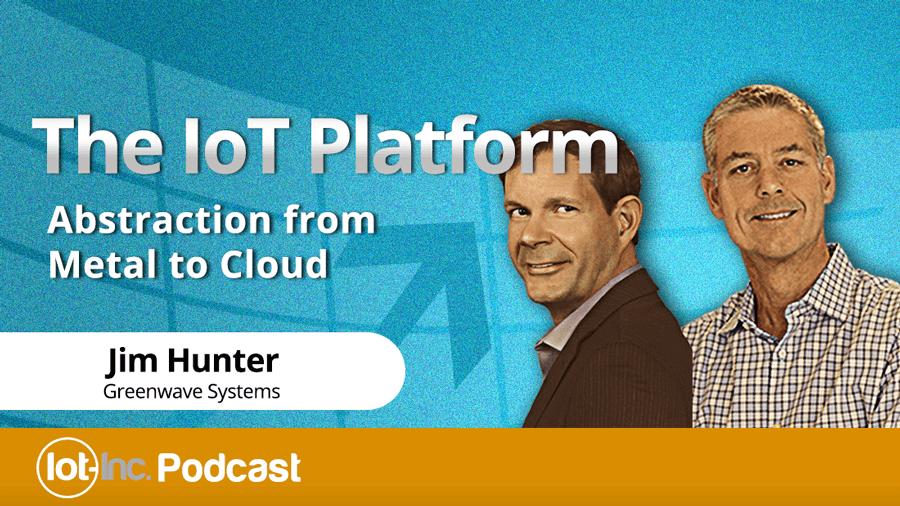
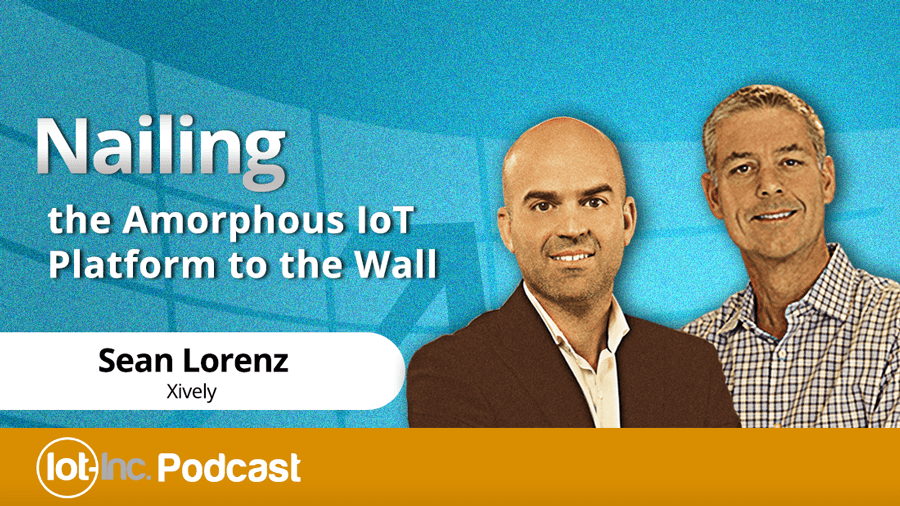
Join me and I'll send you the first chapter of my McGraw-Hill published book, IoT Inc., and IoT business newsletter. Complete the longer version of this form for free access to Bruce's Private Reserve of exclusive reports, buyer's guide, videos, presentations and PDF transcripts of every podcast and video I've produced.

Bruce Sinclair, Iot-Inc


Chapter 1: IoT Technology Defined from a Value Perspective
to review the content faster and in greater detail


